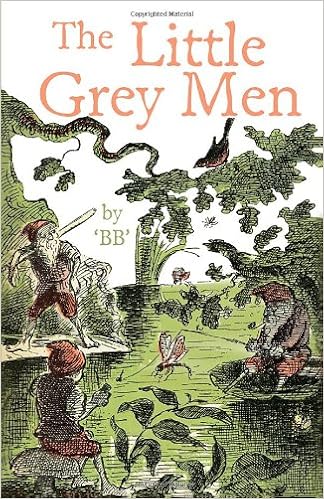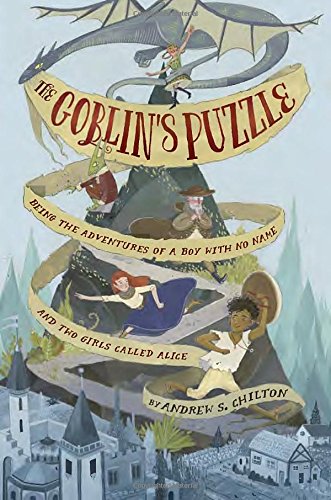I love making reading plans. I like lists of books, books in categories, reading challenges, lots of reading plans. And I do follow through to some extent. However, I always get more ideas for books to read, both inside and outside the plans’ parameters, than I have time to read them all. So, my success a reading lots of books is good, but my success at reading strictly what I planned to read is bad.
Nevertheless, I have lots of reading plans for 2022. First of all my Facebook (private) page, Cultivating Beauty and Truth, which boasts 64 members, did a fall feast Charlotte Mason-style study including literature, poetry, art, music, hymns, Bible study, and psalms, and it was well received. So, I am planning a “Spring Picnic” of the same kind of study, and if you would like to join the group on Facebook, you can request to do so with this link.

For Cultivating Beauty and Truth, we will be reading The Hobbit, studying Romans and the first eighteen chapters of Exodus, looking at the art of Vincent van Gogh, reading poetry by Longfellow and Poe, and more, beginning in late January and lasting over the course of twelve weeks. I’ll try to remember to post the schedule here on Semicolon for those of you who are not on Facebook and who would like to join in. But most of the discussion will take place on Facebook or in person here in southeast Houston.
I also have a reading challenge for every one at Cultivating Beauty and Truth: 12 books for 2022. I’m challenging those who want to participate to read at least 12 books in 2022, in the following categories:
- Read a book of the Bible, any book, as long as Genesis or as short as III John. I’m looking at either Exodus or Romans for our Spring Picnic, or maybe parts of both. Read it slowly and carefully and prayerfully, and it might be the best book you read in 2022.
- Read one book that encourages you to pray. There are many books about prayer, but not all of them actually get a person praying. Suggestions anyone?
- Read one book that makes you laugh. I think we all need to laugh.
- Read one biography of an inspiring person. If you need suggestions, I can certainly give you some.
- Read one book meant for children: a picture book, a fiction book for older children, or even a Young Adult novel, or a nonfiction book for children. There are so many good children’s books, both classics and recently published.
- Read one book of poetry. Read it slowly, one poem a day or read it all in one day. I’ll be posting, and soliciting, suggestions for this category. We need more poetry in our lives.
- Read one book about art or music. Read about an artist (our Spring Picnic artist is probably going to be Van Gogh) or a musician, or read about how music works or how to draw or how to look at paintings or whatever fits into this category.
- Read one book about the Bible or commentary on a portion of the BIble or Bible study book.
- Read one book that challenges your thinking, one well written book that has ideas that you disagree with or think you disagree with. Try to understand the opposing point of view thoroughly before you discount it.
- Read one classic book, fiction or nonfiction, that was published over 100 years ago. Get out of the rut chronological snobbery, and listen carefully to what someone from another time period had to say.
- Read one book that your spouse or friend wants you to read.
- Read one Christmas book.
If you’re interested in joining my reading challenge, you can sign up here or at the Cultivating Facebook page.

I’m also participating in the Literary Life (podcast) Reading Challenge: Two for 2022. I’ve already started reading Tolkien and the Great War by John Garth for my “book about an Inkling” category in this challenge. It’s a bit dry starting out, but I have learned some things about Tolkien that I didn’t know or had forgotten. For instance, I had forgotten that Tolkien was orphaned at the age of twelve when his mother died after having lost his father when Tolkien was very young, three or four years old.
One more reading challenge that I’m taking is the Spread the Feast Challenge from my new friend Crystin Morris at Delightfully Feasting who also does seminars on Charlotte Mason homeschooling and philosophy and has lots of online and print resources for CM educators. I plan to begin reading The Children’s Own Longfellow for my poetry book for this challenge, and it will fit into the Cultivating challenge and the Literary Life challenge, too.
I also have a Big Plan to do a century of reading, one book published in each year from 1851-1950. This will necessitate reading a couple of books a week on the list I’ve made, if I’m going to finish reading all 100 books by the end of 2022. So, for January, I have the following lined up:
- 1851: The King of the Golden River by John Ruskin.
- 1852: The Blithedale Romance by Nathaniel Hawthorne.
- 1853: Ruth by Mrs. Gaskell.
- 1854: Hard Times by Charles Dickens.
- 1855: The Warden by Anthony Trollope.
- 1856:
- 1857:
- 1858: The Courtship of Miles Standish by Henry Wadsworth Longfellow.
- 1859: Family Happiness by Leo Tolstoy.
- 1860: The Professor at the Breakfast Table by Oliver Wendell Holmes.
As you can see, I don’t have anything for 1856 or 1857. It had better be something short for both of those years since the other books are mostly rather long and dense. If you have suggestions for something good and short, published in ether 1856 or 1857, please comment.
If you think I’m crazy to make all of these reading plans, in addition to my regular impulse reading, you’re right. But crazy is fun. What are your crazy reading plans? Happy reading to all in 2022!








